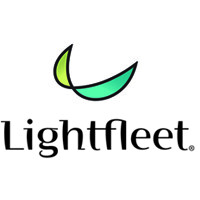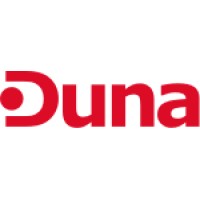
Lightfleet Corporation
Lightfleet Corporation is a privately held technology company founded in 2003 and located in Camas, Washington. Lightfleet has been developing a new, faster and more efficient way to connect essentially unlimited numbers of computers together. It will allow the vast numbers of computers now in use in the cloud, big data, big computing, server farms, high performance computing (HPC), super-computing and secure applications to communicate faster, be used more efficiently, and work more securely. Lightfleet’s Multiflo™ Data Distribution System (DDS) is based on the new concept of Self-Directed Data Flow. Multiflo accomplishes the same basic functions as a traditional switched fabric, but does so more efficiently and with lower latency. Unlike those fabrics, the native mode for data movement in the Multiflo architecture is multicast.






